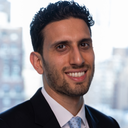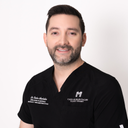An extended tummy tuck can go by different names or terminology. That wraps around to the backside is generally considered an extended tummy tuck, and if the skin excision goes all the way around the procedure is either called a circumferential tummy tuck or lower body lift. The extent of skin excision should be based on the extent of skin laxity. Individuals who have skin laxity that continues towards the backside generally benefit by having a more extensive skin excision, leaving them with a longer scar but improved contour that continues not only on the front, but also on the sides and back. Generally speaking plastic surgeons will err on the side of under resection rather than over resection.









